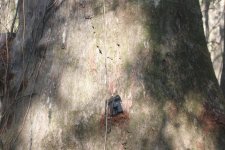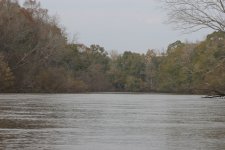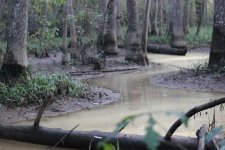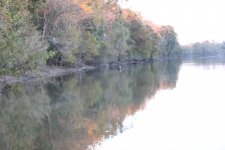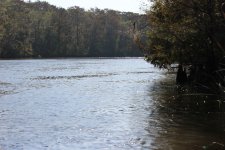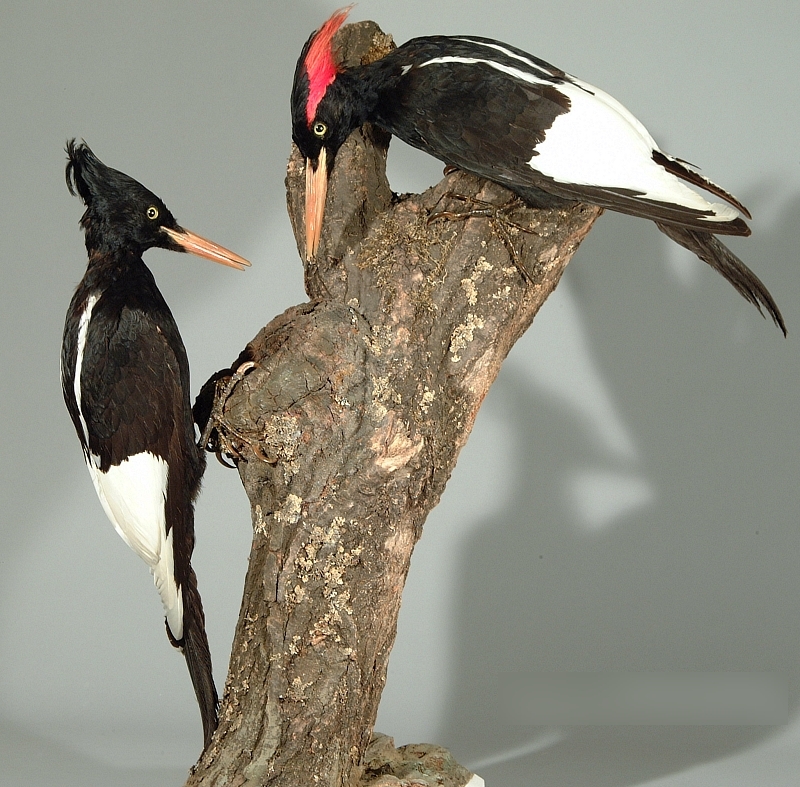Hi Mike,
Regardless I will try to get to it someday.
I've been holding my breath since 2019.
He/she must however put down soon an, intelligent, complete argument on why every piece of evidence is wrong
I don't have to disprove the existence of the Ivory-Billed Woodpecker any more than I have to disprove the existence of, say, the Yeti.
What I do is to criticize your evidence. Most of the "pieces of evidence" are rather weak to begin with, and it's a fallacy to assume that combining multiple bits of ambiguous evidence somehow succeeds in making the whole unambiguous.
So, from your article
https://www.tandfonline.com/doi/full/10.1080/2330443X.2019.1637802 ...
"Tobalske obtained the flap rate statistics of the Pileated Woodpecker (5.2 Hz mean and 0.4 Hz standard deviation) from well-sampled data that were obtained in Montana (Tobalske 1996);"
Tobalske's 1996 data set on the Pileated Woodpecker consisted of merely 11 observed flights on a single location, and as far as I can tell, he makes no claims to having covered the full range of the Pileated Woodpecker's flight capabilities with this set.
So all you can really conclude from that is that the bird in the video under discussion did not behave like the Pileated Woodpecker(s) observed by Tobalske (
https://sora.unm.edu/sites/default/files/journals/auk/v113n01/p0151-p0177.pdf ) - who only covered 1 location, 11 flights, in table 7, which deals with flight speed.
Tobalske's data does not show the variation of flap rate over flight speed, and you're using it as reference to an observation of a bird flying at a very different flight speed (that isn't even constant) than those observed by Tobalske.
You claimed back in 2019:
"In this case, the flap rate of the bird in the video is about ten standard deviations greater than the mean flap rate of the Pileated Woodpecker. That species may therefore be ruled out. "
You can only draw probabilistic conclusions from the standard deviations, so even in the best of cases, you could not rule out the Pileated Woodpecker with certainty.
To draw a numeric conclusion from the size of the standard deviation, you must know, or be able to assume with a high degree of confidence, that the observed values follow the normal (Gaussian) distribution ... which can usually be safely assumed if the results vary stochastically due to the influence of a sufficiently high number of small random influences.
However - that assumption goes out of the window the moment a systematic influence, such as the bird reacting to the power requirement for high-speed flight, enters the picture.
You're using the concept of standard deviation outside the context where it's applicable, and that's an elementary fallacy.
Being outside 10 sigma would be an impressive probability in the proper context (no certainty, even there), but in the case of the flap rate comparison, it doesn't mean anything because a bird's flap rate is, in approximation, arbitrarily variable depending on the requirements, and thus not a random influence.
I'm a bit surprised I have to point this out to you as it's really a statistics 101 issue.
You might want to check Tobalske's article here:
SUMMARY. Power output is a unifying theme for bird flight and considerable progress has been accomplished recently in measuring muscular, metabolic and aerodynamic power in birds. The primary flight muscles of birds, the pectoralis and supracoracoideus, are designed for work and power output...

jeb.biologists.org
Any individual flying at a higher speed than its Vmp, the characteristic speed for minimum power required (which is species dependend, and amenable to statistical analysis) will have to generate more propulsive power.
Tobalske's earlier measurements of woodpecker flap rates most likely captured them at speeds in the region of Vmp, as is evident from his descriptions of the capturing process.
Quite obviously, these flap rates don't apply to situations with a much higher power requirement, for example the top speed indicated at the right-hand side of Tobalske's U-shaped power graph in the linked article, or a flushed bird accelerating away from an approaching observer.
Sadly the lonely, unanswered poster
Hehe, you never get lonely with all those sock puppets to comfort you, do you? :-D
Check the "likes" under our respective posts to see who's the real loner out here ... not that I care much, but it seems important to you.
Regards,
Henning





